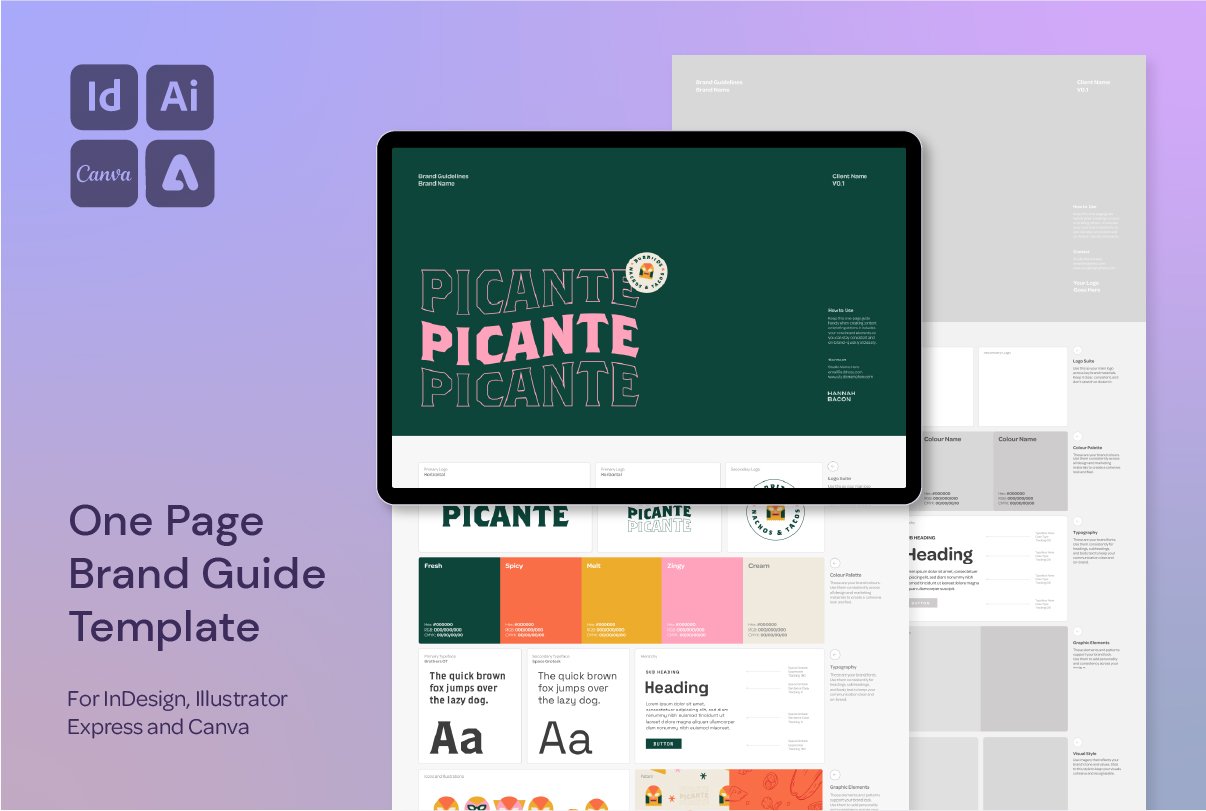How to Draw Flags in Adobe Illustrator Using Guides and the Warp Tool
Create Custom Flag Shapes in Illustrator with Guides and Warp Effects
Drawing flag shapes in Adobe Illustrator might seem a little fiddly at first, but once you understand how to build structure using guides, it becomes one of the easiest ways to add bold, dimensional text containers or graphic elements to your designs.
In this tutorial, I’ll walk you through how I draw flags using basic rectangles and guides, plus how to add subtle movement with Warp effects like Arch or Rise for a more dynamic result. It’s simple to customise and super effective in everything from logos and packaging to social posts and merch.
You can check out this video (and lots more!) over on my Instagram Page @hannah.bacon.design
Drawing Flags in Illustrator Using Guides
1. Start With Basic Shapes
Begin by drawing rectangles to form the base of your flag. Think of these as structural placeholders that you’ll later customise and refine.
2. Create Intersection Guides
Add extra rectangles in the spaces where elements will intersect
Make sure they’re evenly spaced and aligned
Then select them, right-click, and choose Make Guides
(This turns your layout into a clean wireframe you can draw from)
3. Draw Your Flag Shape
Use the Pen Tool (P) to trace along your guide intersections
Start with the bottom line, then build out the sides and point of the flag
Use Smart Guides (Cmd/Ctrl + U) to keep everything aligned as you go
4. Round the Inner Corners
Select the inside anchor points
Use the Live Corner Widgets to round off those edges for a smoother, more refined look
5. Add Text + Adjust Shape
Place your text inside the flag
Make any adjustments needed to balance the flag shape around the content
6. Add Movement with Warp Effects
Group the flag and text
Go to Appearance Panel → Effect → Warp
Try Arch, Flag, or Rise—each gives your shape a slightly different type of flow
You can tweak the warp to suit how dynamic or subtle you want the motion to feel
Pro Tips for Better Flags
Smart Guides are your best friend—keep them on to align shapes effortlessly
Work from references when learning (real flags or classic banner illustrations)
Once you understand the flag’s underlying geometry, it’s easy to get creative—expand the style, add shading, or create badge-style layouts
Want More Time-Saving Tools and Freebies?
This process is just one of the techniques I share across my design templates and digital assets, made especially for designers who want professional results—without starting from scratch every time.




